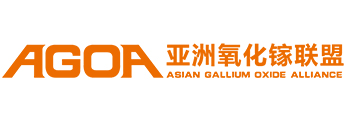

【Device Papers】Recent advancement in β-Ga₂O₃ MOSFETs: From material growth to device architectures for high-power electronics
日期:2025-06-09阅读:330
Researchers from the Anil Neerukonda Institute of Technology and Sciences have published a dissertation titled "Recent advancement in β-Ga2O3 MOSFETs: From material growth to device architectures for high-power electronics" in Microelectronic Engineering.
Abstract
Beta‑gallium oxide (β-Ga2O3) has emerged as a promising semiconductor material for next-generation power electronics due to its ultra-wide bandgap (4.9 eV), exceptional breakdown electric field (8 MV/cm), and compatibility with cost-effective melt growth methods for producing large-area single crystals. This comprehensive review examines recent advances in β-Ga2O3 metal-oxide-semiconductor field-effect transistors (MOSFETs), spanning from material synthesis to device implementation. The review then investigates device architectures, examining both depletion-mode and enhancement-mode β-Ga2O3 MOSFETs. We highlight crucial design elements including field plates, innovative gate structures, and channel engineering techniques that have enabled devices with breakdown voltages exceeding 2.3 kV and power figures of merit surpassing 150 MW/cm2. Additionally, we address significant challenges, particularly thermal management issues stemming from β-Ga2O3's relatively low thermal conductivity (10–20 W/m·K) and the current absence of p-type doping capability, discussing various proposed solutions including diamond heat spreaders, heterogeneous substrate integration, and advanced packaging approaches. Finally, we examine emerging concepts such as nanomembrane transistors, fin structures, and heterojunction FETs, concluding with insights on future research directions for this promising semiconductor technology.
DOI:
https://doi.org/10.1016/j.mee.2025.112359


